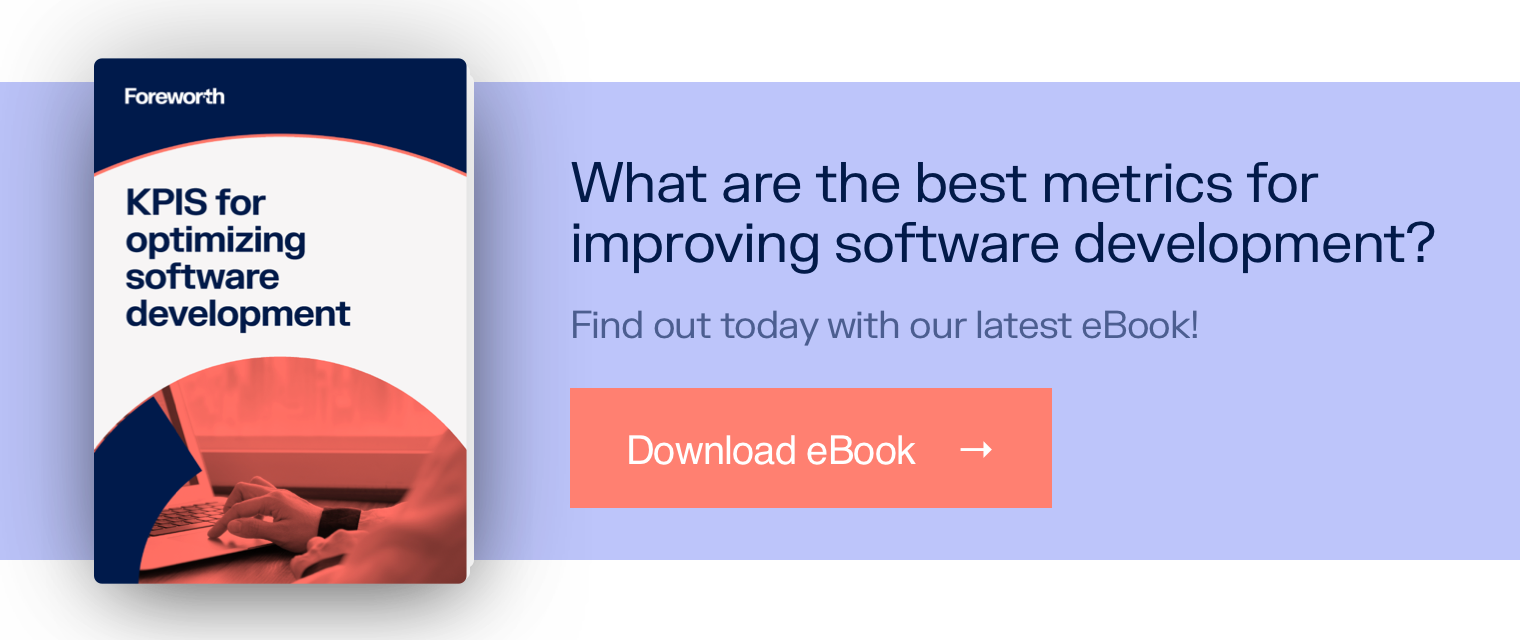There is an old business adage that goes: “Good, fast, cheap. Pick two.” In other words, if you want something done quickly and affordably, it won’t be good quality. If you want good quality done quickly, you’ll have to pay a lot for it, and so on.
This adage has proved almost unchangeable—until now. Thanks to Business Process Management (BPM) software, businesses can save money, increase productivity and speed, and improve the quality of their work.
What does BPM software do? How can a business benefit from it? And what should an organization look for when choosing the right software for them? To find out, let’s first understand what BPM software is.
What is BPM software?
BPM software is basically designed to improve business processes that involve humans using software or applications. This can include software that allows for automating tasks, handling logical tasks such as calculations and algorithms, and generally improving processes.
This software benefits both IT and non-IT staff, since both groups have processes that can be refined. It’s designed to be continually used and improved, instead of a one-time software implementation or update like other business software solutions.
How effective BPM software works
First, the software will need to collect and analyze databases of the business. This will establish a baseline from which specialists and integrators can see what tasks and processes need to be improved and be able to note what’s working effectively.
Different models that map out and track processes can then be developed for varying scenarios. These models can be tested to see what works best for the organization.
As the results come back from these models, exploring opportunities for optimizing and adding tasks, rules, and deadlines can now take place. This optimization process will be an ongoing one, since the results from automating will need to be reviewed, modified, and improved.
BPM software abilities
It might surprise some to learn how many different tasks can be automated by using BPM software. Everyone from health care organizations to advertising agencies can benefit from having their many repetitive, time consuming activities handled by automating processes.
Some tasks that can be optimized or automated include:
- Reports or analytics
- Activity monitoring
- Administration tasks
- Performance metric displays
- Aspects of electronic forms or applications
- Expense reporting
- Account invoicing
- Scheduling and time off requests
- Approval processes
- Notifications and alerts
- Task assignment
These tasks can be a regular part of an employee's day, regardless of the industry they work in. By having these processes automated with BPM software, your organization’s workforce will be free to better focus on assignments requiring human skills and judgement.
The benefits of using BPM software
Every business wants to grow, improve, and reach objectives. Unless a system is in place, however, it’s not likely to be carried out in an effective manner.
BPM software is designed to systematize: create, implement, and track initiatives designed for a specific business. It can grow and change with your organization as it reaches targets and improves processes.
All of these improvements and optimizations lead to an organization that saves money and is more efficient. This, in turn, promotes better quality work. Departments are freed from tedious, time-consuming tasks and allowed to focus on activities requiring human intervention.
The flexibility and adaptive nature of BPM software solutions often lead to benefits across multiple departments. This also allows organizations to adjust their processes and tasks to comply with changes in laws and regulations applicable to their industry as well.
What to look for in BPM software
When selecting BPM software, remember that it is used company-wide. A variety of professionals in differing departments will be making use of it, not just IT staff.
With that fact in mind, here are some of the most important aspects to look for when choosing BPM software:
- Clean User-Interface (UI)
In order for BPM software to be effectively utilized throughout a company, it needs to appear clear, simple, and clean. An antiquated appearance won’t gain anyone’s confidence, while an overly-modern UI may intimidate others.
- User friendly
Effective BPM software saves time and effort. That won’t be the case, though, if it’s overly complicated, difficult to learn, or lacking training and tech support. If that’s the case, it may end up becoming counter-productive. Choose software that’s intuitive, easy to learn, and with robust tech support and training to help those who may struggle to begin using it.
- Feature-rich
For an effective way to store, organize, and access information, a robust BPM database is important. This will allow for quick access to procedures, processes, and systems. It will also lend itself to customization, which is a key part of its purpose.
Visual workflow modeling will help everyone understand the implications of the models that the software produces. This aids in decision-making as well, since the information is clearly detailed in these visualizations.
Ease of automation is also paramount to improving processes and cutting waste. That means the automation software should be built-in and easily integrate into existing IT infrastructure.
Empowering the human contribution
BPM software allows companies to reach their goals through automation. This lets them save time, reduce waste, and improve performance. It can streamline processes across an organization, empowering the workforce to focus on the tasks requiring human skills and judgement.
To get the full benefit, though, the software needs to contain a number of necessary components. These include a clean user-friendly interface and a robust database, along with built-in automation software and compatibility with an organization’s existing systems.
About the author
Elena Leralta
Working as Foreworth’s Chief Financial Officer, Elena possesses a wealth of knowledge on business management and finance owing to her over 20 years of experience working in the financial sector.
More info →


What do you think? Leave us your comments here!